Northwest Rebellion Monument 1894–96
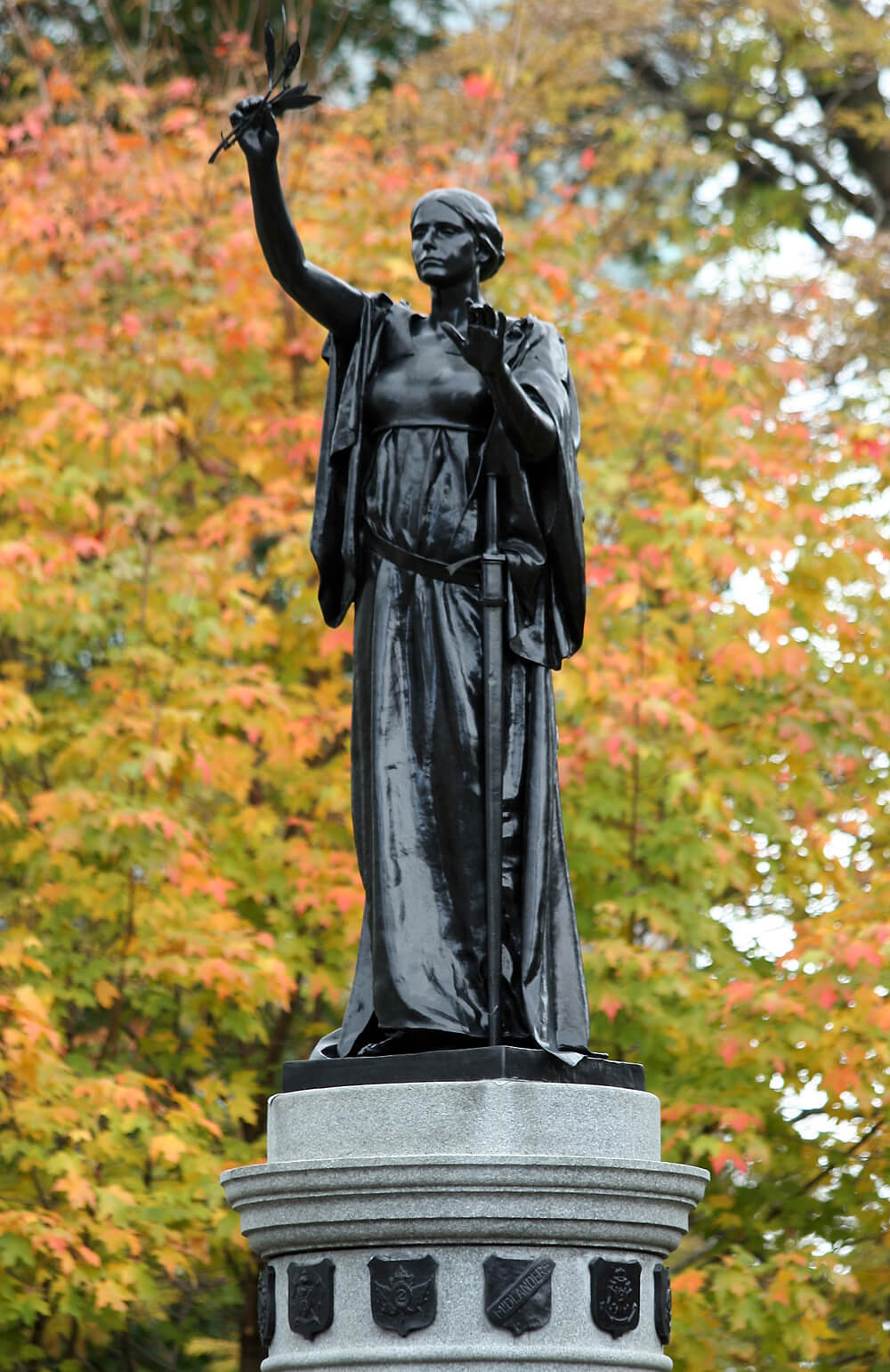
Walter S. Allward, Northwest Rebellion Monument, 1894–96
Bronze and granite
Queen’s Park, Toronto
Allward announced his arrival as a sculptor with confidence. Only nineteen and with no formal art training or previous work as a sculptor, he won the competition for a statue to be erected near the recently completed Ontario Legislative Building in Queen’s Park, Toronto. The work would depict Peace as part of a monument to the enlisted soldiers and volunteers who died during the Northwest Rebellion of 1885, when the Canadian government sent troops to suppress an uprising led by the Métis leader Louis Riel. The monument and the event it commemorates have been the subject of controversy in recent years, as the violence against First Nations and Métis people in Canada has become better understood. Today, an understanding of the conflict as a rejection of Métis sovereignty has been widely accepted by historians and others, and it is now commonly referred to as the Northwest Resistance.
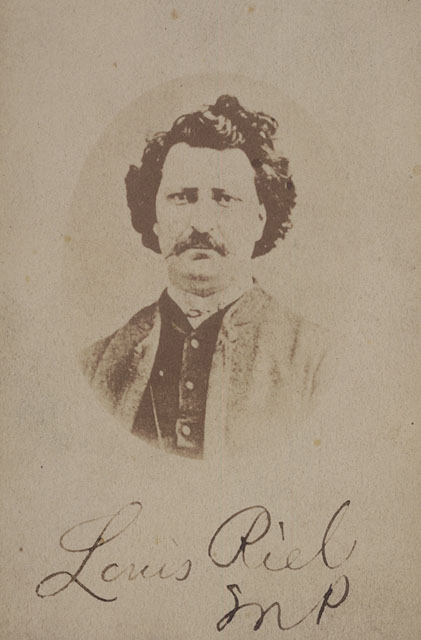
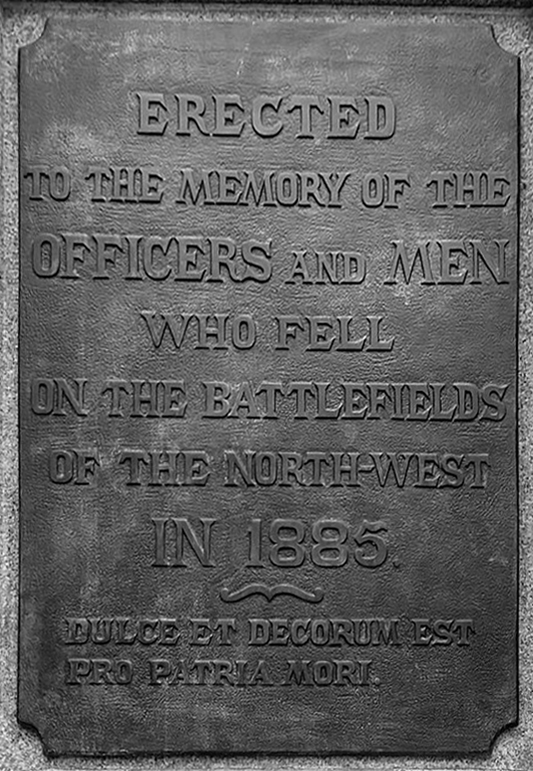
Allward’s statue portrays Peace as an idealized female figure in a static pose, with a full-length robe falling loosely from her shoulders. Her right hand holds an olive branch and her left hand is raised in a gesture commanding silence. The sword at her side represents the power of Canada at rest. The sculpture, Allward’s earliest professional commission, was his first to focus on peace, a theme he would return to throughout his career.
The monument had been proposed by a group of Toronto women who began raising funds for the project in the early 1890s. In 1894 the committee hired D. McIntosh & Sons, a local purveyor of works in granite and marble, to provide a pedestal and to supervise Allward’s progress. The pedestal, designed by James Wilson Gray (1864–1922), a McIntosh employee, is made of grey granite, twenty feet high, and ornamented with the insignia of the various regiments that took part in the Northwest expedition. The names of the soldiers who died and the battlefields on which they fought are also included, along with the inscription, “Erected to the memory of the officers and men who fell on the battlefields of the Northwest in 1885. Dulce et decorum est pro patria mori.” [“It is sweet and proper to die for one’s country.”] The work reflects Beaux-Arts principles popular at the time, a single figure on a pedestal within a pyramidal composition.
Allward worked on the sculpture throughout 1895 in his studio in the Imperial Chambers Building on Adelaide Street in Toronto, completing a clay model in time for a public showing in January 1896. The bronze casting of the final model was done at the foundry of Bureau Brothers in Philadelphia. In June 1896, the monument was unveiled before a large crowd gathered in Queen’s Park. Like other such ceremonies in the late nineteenth century, the dedication of the Northwest Rebellion Monument was an important civic event, featuring a military parade and patriotic speeches by officials from various levels of government, including the Honourable Sir George Airey Kirkpatrick, Lieutenant Governor of Ontario, and Mayor Robert John Fleming.

 About the Author
About the Author
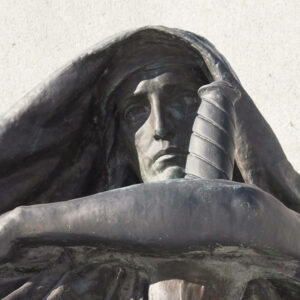 More Online Art Books
More Online Art Books
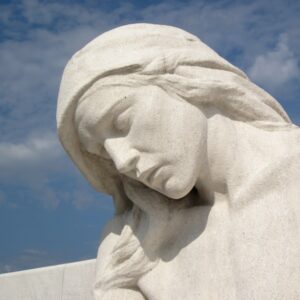 Acknowledgements
Acknowledgements